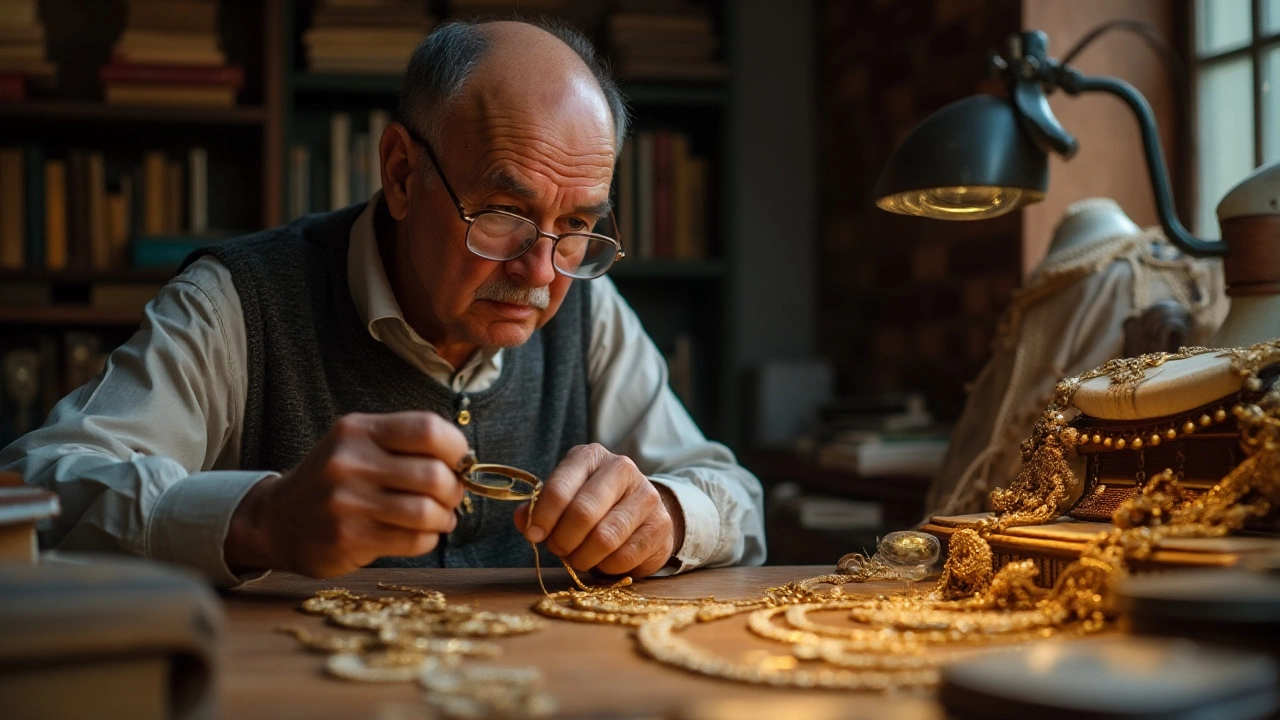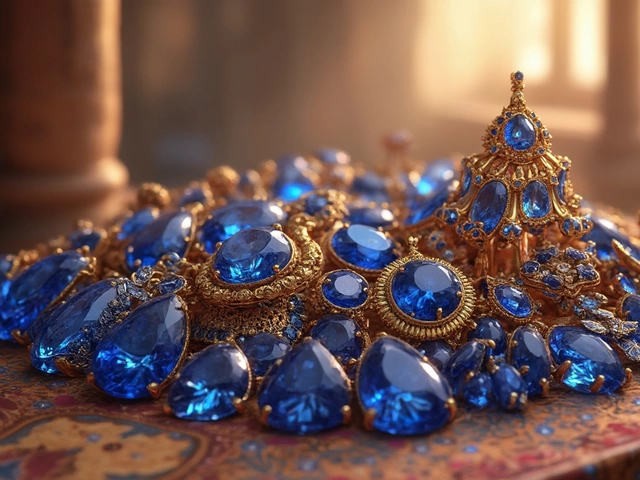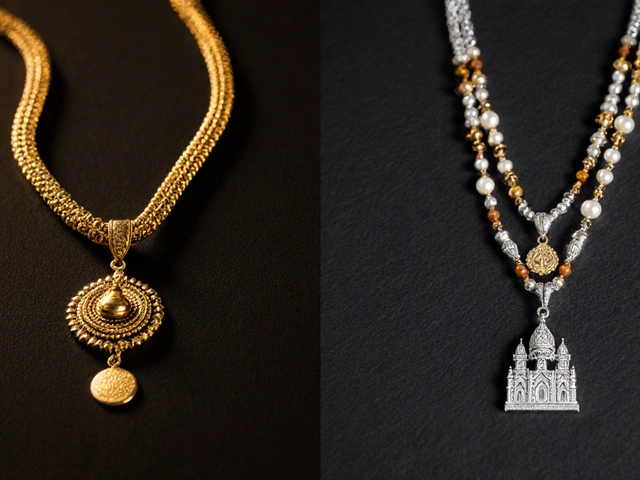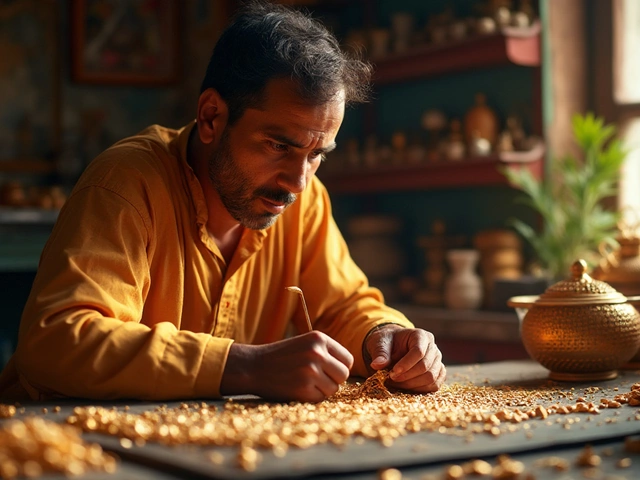Real Vintage Jewelry: Spotting Authentic Pieces and Styling Tips
Buying vintage jewelry feels like hunting for treasure. But the excitement drops fast if you end up with a modern replica. Below you’ll get straight‑forward ways to tell if a piece is truly vintage and how to wear it without looking over‑the‑top.
Key Signs of Real Vintage Jewelry
1. Wear patterns and patina. Real vintage items develop a gentle sheen where the skin touches them. Look for uneven dark spots, tiny scratches, and a soft, almost tactile feel. Fresh polish that erases these marks is a red flag.
2. Hallmarks and stamps. In India, gold pieces often carry a BIS hallmark, a purity stamp, and sometimes a maker’s logo. A real 21K gold ring from the 1970s will usually have a small "875" or "21K" mark, plus a year or maker code. If the stamp looks too clean or is missing, ask for proof.
3. Design cues. Each era has its signature look. The 1960s favored bold, geometric shapes; the 1980s loved big, colourful stones; the 1990s leaned toward minimalist lines. Familiarize yourself with a few era‑specific motifs – that’ll help you instantly spot a piece that belongs.
4. Weight. Gold and solid silver feel heavier than plated alternatives. Hold a pendant or bracelet; if it feels light for its size, it’s probably not authentic.
5. Provenance. Trusted sellers will share the item’s story – where it was made, who owned it, any repairs. A vague "found at a market" answer often means the seller doesn’t have the details.
Styling Real Vintage for Everyday Wear
Once you’re sure the piece is genuine, the fun part begins: styling. Vintage doesn’t have to mean “old‑fashioned” – mix and match to keep it fresh.
Blend with modern basics. Pair a 1950s gold cuff with a plain white tee and skinny jeans. The cuff becomes the focal point while the outfit stays casual.
Use colour to highlight. Gold looks stunning against navy, emerald, or deep burgundy. If you own a vintage emerald drop earring, wear it with a solid coloured dress to let the stone shine.
Layer thoughtfully. Multiple vintage pieces can clash if they compete for attention. Choose one statement item – a chunky silver bangles set or a detailed antique necklace – and keep other accessories minimal.
Mind the occasion. A delicate Art Deco brooch fits a formal event, but the same piece can add a vintage edge to a casual blazer if you keep the rest of the look simple.
Finally, treat vintage jewelry with care. Store pieces separately to avoid scratches, and clean them gently with a soft cloth. A little maintenance goes a long way in keeping that aged patina looking intentional, not neglected.
By checking hallmarks, weight, and wear, you’ll feel confident that the jewelry you pick is truly vintage. Then, have fun mixing old‑school charm with today’s trends – it’s the best way to keep heritage alive in your wardrobe.
Authenticating Antique Jewelry: Tips and Insights
Determining the authenticity of antique jewelry can be a daunting task for many enthusiasts and collectors. The hallmarks, craftsmanship, and materials used can offer significant hints about the age and authenticity of a piece. Understanding the styles and markings of different eras is key to distinguishing authentic pieces from reproductions or fakes. This article delves into the techniques and tips for identifying genuine antique jewelry, including expert insights and common signs of imitation.





